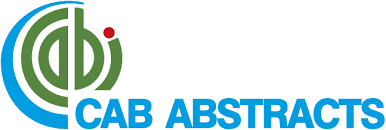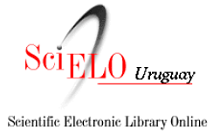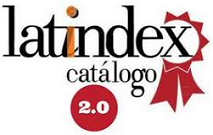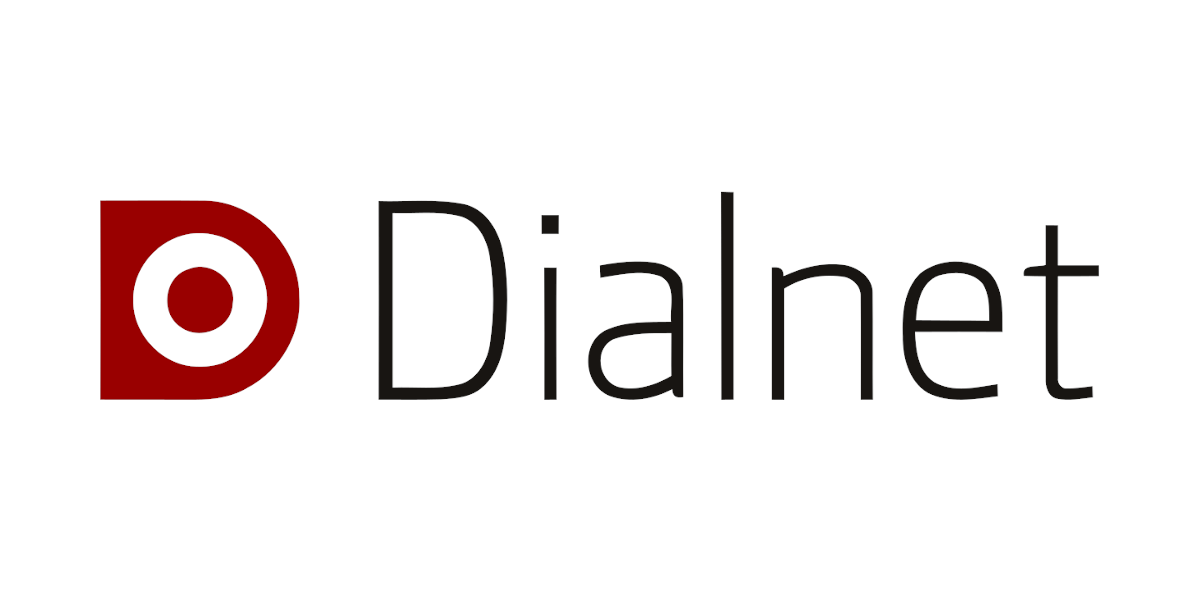Comparación de la eficacia de diferentes fuentes orgánicas de zinc en el rendimiento del crecimiento de pollos de engorde
Palabras clave:
Biodisponibilidad, Integridad intestinal, Mineral orgánicoResumen
Organic minerals are those bonded to one or more carbon-containing molecules to make them more bioavailable for animals than inorganic minerals. However, how efficient is the minerals’ absorption will depend on how strong and stable the bond with the ligand is, but also on the type of ligand as it will define which absorption pathways are taken. This study aimed to compare the effectiveness of different organic Zn sources on the growth performance of broiler chickens 1to 42 days. A total of 2000 one-day-old were assigned to 10 treatments with 10 replicates (20 birds/pen) and raised for 42 days (factorial design 5 × 2; 5 Zn sources vs. 2 levels). The nutritional program consisted of 2 diets: 1-21 days and 21-42 days. Treatments differed by the mineral source and by Zn level (40 or 80 mg/kg). The 5 types of organic Zn used were Zn sulfate ZnSO4 (inorganic), Zn Proteinate (organic), Zn Glycine (organic), Zn Methionine (organic), Zn amino acids chelate (organic). Chickens were housed in floor pens of 1 m × 2 m equipped with tube feeder and nipple-type waterers. Chickens had ad libitum access to water and feed in mash form. Growth performance parameters were recorded 1-21, 21-42, and 1-42 days by pen. Production efficiency index calculated as follow: PEI= (weight gain × survival) / (age of slaughter in days × FCR) × 100. Statistical analysis was performed using PROC GLM of SAS software, results were sliced and analyzed inside each level of zinc (Zn 40 mg and 80 mg/kg), by comparing the different inorganic and organic sources by Two-way ANOVA, Duncan’s test, P<0.10. Broiler chickens fed Zn amino acids chelate had most efficient FCR in both 40 and 80mg/kg feed levels, optimized by -2 pts and 5 pts, respectively (Zn 80 mg, P=0.0346). Likewise, chickens fed Zn amino acids chelate had higher weight gain which led to higher final weight at 42 days, +42 g and +57 g, respectively (Zn 80 mg, P=0.0936), compared to the other sources. The feed intake was similar for all Zn sources except for Zn-Methionine which increased intake (+170g) which led to higher weight but worse FCR at Zn 40 mg/kg level. These results highlight the differences in terms of efficacy of the different Zn sources (inorganic and organic) and even among organic sources, variability is observed. It empathizes the importance of careful evaluations of technical and economic performance for decision-making in animal nutrition strategies.
Descargas
Publicado
Cómo citar
Número
Sección
Licencia
Derechos de autor 2025 Sociedad de Medicina Veterinaria del Uruguay-Facultad de Veterinaria, Universidad de la República

Esta obra está bajo una licencia internacional Creative Commons Atribución 4.0.











